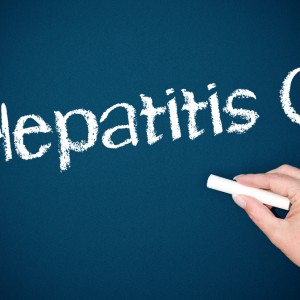 In a recent study published in the journal Annals of Internal Medicine, a research team from the Boston Medical Center (BMC) was able to demonstrate that although treatments for Hepatitis C Virus (HCV) are effective, they could be more cost-effective if they are prescribed to specific HCV-infected patient groups.
In a recent study published in the journal Annals of Internal Medicine, a research team from the Boston Medical Center (BMC) was able to demonstrate that although treatments for Hepatitis C Virus (HCV) are effective, they could be more cost-effective if they are prescribed to specific HCV-infected patient groups.
In the study titled “The Cost-Effectiveness of Sofosbuvir-Based Regimens for Treatment of Hepatitis C Virus Genotype 2 or 3 Infection,” Benjamin P. Linas, MD, MPH, from BMC’s section of infectious diseases and the Boston University School of Medicine and colleagues examined the efficacy of a combined treatment of sofosbuvir and ribavirin specifically for patients with the HCV genotypes 2 and 3.
Both compounds have been approved as treatments for patients with HCV. This combined treatment has been shown to be effective in treating about 90% of the patients with HCV. However, sofosbuvir costs nearly $85,000 per each treatment course, which has stressed insurance companies’ budgets and has led to certain treatment restraints.
Using Monte Carlo simulation models, the researchers analyzed discounted quality-adjusted life-years (QALYs), costs, and incremental cost-effectiveness ratios (ICERs) of sofosbuvir treatment for patients with HCV genotype 2 or 3 infection in the United States. The results revealed that for patients without liver disease and who have never before been treated for HCV, these therapies cost over $100,000 for each quality-adjusted life year gained, implying that for this healthier group of patients, the cost of the medication is too high to be considered cost-effective.
The researchers concluded that Sofosbuvir provides good value for money for treatment-experienced patients with HCV genotype 2 or 3 infection and those with cirrhosis. At their current cost, sofosbuvir-based regimens for treatment-naive noncirrhotic patients exceed willingness-to-pay thresholds commonly cited in the United States.
“These new oral treatments provide better clinical results with fewer side effects for all patients, but at the current price, are only good value for those who need treatment the most — patients with advanced liver disease or those who failed prior therapy,” Linas said in a recent news release. “With lower costs, it would be reasonable to provide these better regimens to all patients.”

